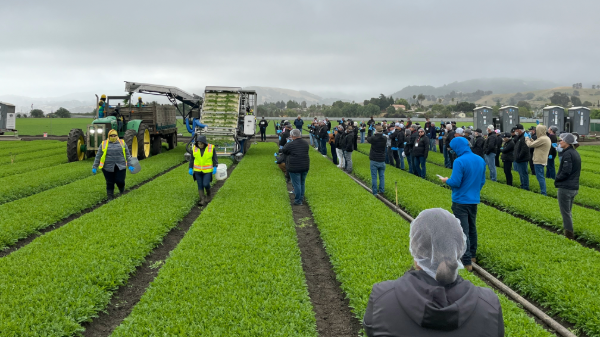With the sheer number of trucks crossing the U.S.-Mexico border and inspections to slow them down, congestion and delays are an ongoing issue.

These factors, as well as others such as the Texas Cooperative Inspection Program to examine imported fruits and vegetables and Mexico’s own adoption of new hours-of-service regulations, have led many exporters to examine their options in hopes of relieving strain at the ports of entry.
Texas is concentrating on alleviating some of the obstacles and has not been shy about pointing out its recent successes with the Valley’s border crossings.
With six different entry points in the Laredo district—Laredo, Hidalgo, Brownsville, Progresso, Eagle Pass, and Rio Grande City—as well as new cross-border technological solutions like the Free and Secure Trade (FAST) system and Gamma Ray inspection equipment, the state continues to capitalize on its border strengths.
But with growth comes complications, and in certain places, the strain is starting to show.
“From our perspective, one of the most common complaints about the border crossing process is the temperature abuse suffered by the items while being inspected,” said Jorge Vazquez, president of Houston’s Latin Specialties LLC.
“This is, unfortunately, a reality that exists due to the high volume of imports and the limited amount of temperature-controlled facilities to perform these inspections. The obvious solution is the creation of more climate-controlled space at every crossing point, so the authorities can do their jobs without breaking the cold chain.”
Increased capacity at the Pharr-Reynosa bridge continues to be a concern as well, with northbound crossings up by over 37,000 trucks in the last year. Port management as well as American legislators, however, insist that the improvements they’ve scheduled through 2020—part of an $80 million infrastructure upgrade that includes lane expansions, a training center, and new cold storage facilities—will be able to keep up.
This is an excerpt from the most recent Produce Blueprints quarterly journal. Click here to read the full supplement.








